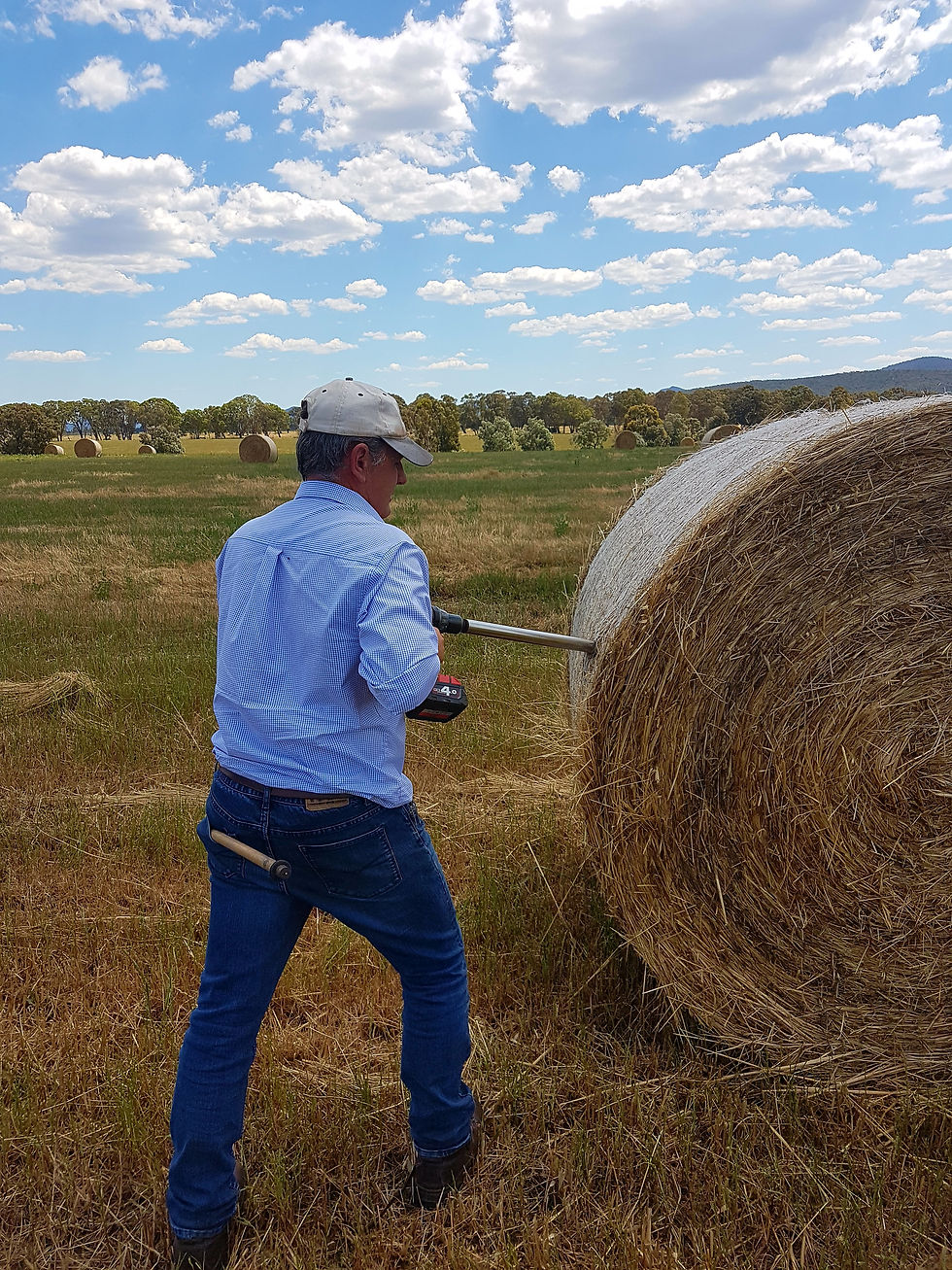LAMB RUMEN DEVELOPMENT
- Rebecca Thorn

- Sep 3, 2020
- 3 min read

Let us look at how and why lambs grow, then we can use this information to make informed decisions and understand how to get them out of the door sooner or ready for joining at the correct time through strategic use of grain.
Early on in their life, a lamb’s stomach is more like that of a human type where they absorb the energy from enzymatic digestion of milk intake, also known as a pseudo-monogastric. After not too long, their rumen chambers develop and they are now a true ruminant where they will get 80% of their energy from Volatile Fatty Acids (VFA’s), which are the by-products of what the microbes in the rumen produce. As a result, they are no longer getting the energy from what we feed them, they are getting the energy from the bugs, and we in turn are now feeding the bugs.
There is significant research on the benefits of grain for rumen development, however there is minimal research about the long-term impacts of starting animals on grain early to develop the rumen, to then remove grain and still experience increased digestion without starch sources.
What we do know about early grain feeding:
Imprint feeding is feeding grain to lambs while still on their mothers, this way they are shown how to consume grain in the specific method chosen (e.g. trail feeding) and develop a taste for grain. Therefore when you need to accelerate growth or meet energy needs with grain, they will take to feeding much sooner.
Starchy grains such as wheat and barley develop the rumen in a way that is not possible with grass, hay or milk. The starch in the grain produces propionate and butyrate through microbial fermentation which in turn, grows the papillae which are finger like projections around the inside of the rumen (think of a shaggy towel), the longer and well balanced the grain is the thicker and longer the papillae will become. This increased surface area has more absorption sites for the VFA’s produced by feed. In addition, the butyrate increases vascularisation and growth of blood vessels surrounding the rumen to transport nutrients. A rumen fed grain will appear dark in colour and rough with increased surface area, compared to a rumen without grain that will be light pink and smooth, with much lower surface area.
We know that these developed rumens have significantly better nutrient absorption of VFA’s and better utilisation of feed. However, when the grain is removed the papillae will shrink, therefore the next event you feed grain, a backgrounding period is still essential. What we do not know thoroughly is the time and level of shrinkage on grass, or the impact of vascularisation on continued nutrient transport.
Getting in early means that through periods of high stress such as weaning and when milk declines, grain is an energy dense source of food that takes up little rumen space, allowing them to still eat reasonable amounts of grass or hay. This high energy at a young age, when paired with balanced protein, increases frame size to reach targets earlier and starchy grains power the immune system, weight gain and feed conversion efficiency.
Providing grain at an early age will have direct impacts on rumen development for that time, can increase weight gain and growth and teach them to consume grain when it is critically required.
So to ensure your new season lambs optimise the development of their rumens early, contact your local TRAC expert to put together a balanced feed strategy which promotes weight gain and growth whilst focus on animal health.
Our Consultants
EXPERTS IN RUMINANT PRODUCTIVITY
Mark Facy
0427 243 320
Owen Rees
0429 437 823
Mikaela Baker
0457 243 319
To download a copy of this article, please click the link below...




Comments